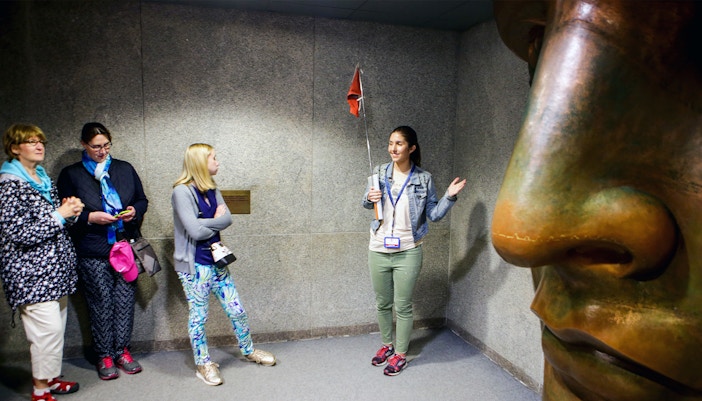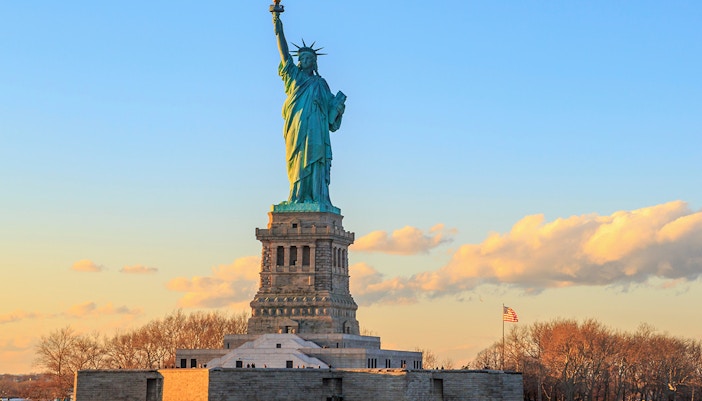History of Ellis Island in a Nutshell
Ellis Island holds a fascinating history that spans centuries and represents a significant chapter in American immigration. The island, originally known as "Kioshk" by the Lenape tribe, was later renamed Ellis Island in honor of its previous owner, Samuel Ellis.
The immigration era of Ellis Island began in 1892 when it opened as the main entry point for millions of immigrants seeking a new life in America. The federal government decided to establish a centralized immigration processing center to regulate the influx of newcomers. On January 1, 1892, the first immigrant to pass through Ellis Island was Annie Moore, a 15-year-old Irish girl.
The main building, designed by Edward Lippincott Tilton, opened in 1900 after the original wooden structures were destroyed in a fire. It became a symbol of hope and opportunity for millions. From 1892 to 1954, Ellis Island processed over 12 million immigrants, including individuals from various countries, such as Italy, Ireland, Germany, and Eastern Europe. Immigrants underwent medical examinations, legal inspections, and interviews to determine their eligibility for entry into the United States.
While Ellis Island served as a gateway to the American dream, it also witnessed periods of challenges and changes. The Immigration Act of 1924 imposed stricter immigration quotas, leading to a decline in immigration through Ellis Island. During World War II, Ellis Island served as a detention and deportation center for enemy aliens. After 1954, the island's role as an immigration station came to an end, and the buildings fell into disrepair.
In the 1980s, extensive restoration efforts revitalized Ellis Island, and the main building was transformed into the Ellis Island National Museum of Immigration, which opened in 1990. Today, Ellis Island stands as a significant historical landmark, preserving the stories, struggles, and triumphs of generations of immigrants who helped shape the multicultural fabric of the United States. It serves as a poignant reminder of the nation's immigrant heritage and the enduring spirit of those who sought a better life on American shores.











